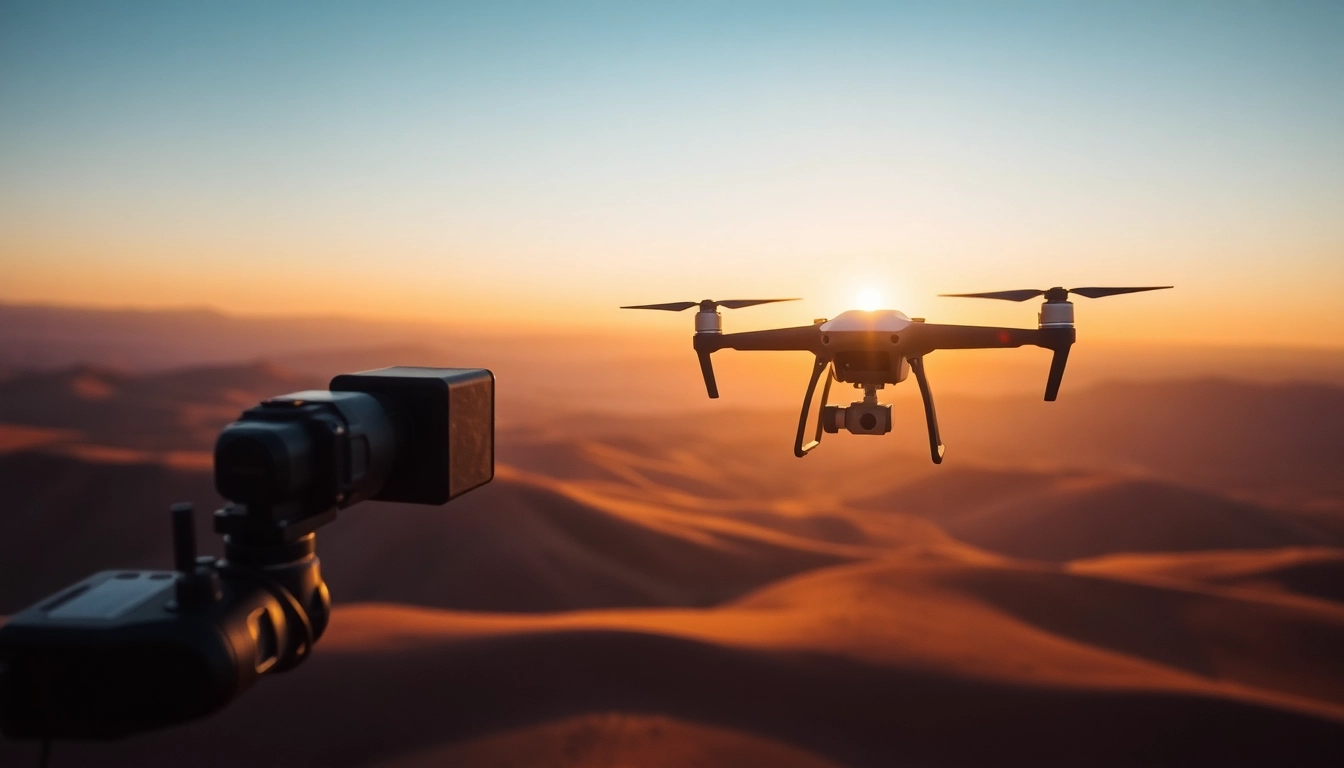Essential Drone Photography License Requirements for Aspiring Aerial Photographers

Understanding Drone Photography License Requirements
The rise of drone technology has transformed the fields of photography, filmmaking, and surveillance, introducing a new realm of creative possibilities. However, with these opportunities comes a responsibility to comply with regulations designed to ensure safety, privacy, and the ethical use of aerial technology. If you’re considering entering the field of drone photography, it’s vital to understand the drone photography license requirements that pertain to your region. This article will guide you through the essentials of obtaining your drone license and the ins and outs of operating legally and safely.
What Is a Drone Photography License?
A drone photography license is an authorization granted by aviation authorities that permits individuals to operate drones for commercial purposes. In many regions, flying a drone recreationally may not require a license; however, once you start using drones for business—such as for photography—you are generally required to obtain a certification. This ensures that operators are familiar with airspace regulations, flight safety protocols, and privacy laws.
Why You Need a License for Drone Photography
The importance of securing a drone photography license cannot be overstated. Operating a drone without the necessary permits can lead to severe legal consequences, including fines or criminal charges. Moreover, possessing a license demonstrates professionalism and adherence to industry standards, which can enhance trust among clients. Further, having a valid license can open up opportunities for better insurance rates and increased job prospects in an increasingly competitive field.
Overview of Drone Regulations and Guidelines
Drone regulations vary across countries and even within regions of countries, dictated primarily by local aviation authorities. For instance, in the United States, the Federal Aviation Administration (FAA) oversees drone operations, while in the United Kingdom, it is regulated by the Civil Aviation Authority (CAA). Common regulations may include rules about altitude limits, no-fly zones, operating in controlled airspace, and maintaining visual line-of-sight with the drone at all times. Understanding these regulations is crucial for operating your drone legally and safely.
Step-by-Step Process for Obtaining Your Drone License
Eligibility Criteria for License Application
Before you embark on the application process, check your eligibility. Most countries require applicants to meet certain criteria such as being of a specific age (often 16 years or older), passing medical exams, and demonstrating proficiency in flying a drone. Familiarity with aviation principles and regulations is also typically required. Some regions may have additional criteria that are essential to check before proceeding.
Required Documentation for Licensing
Gathering the proper documentation is a critical step in the licensing process. Applicants usually need to provide proof of identity, such as a government-issued ID or passport, a completed application form, and possibly evidence of flight training. In some cases, you may also need to submit a detailed plan of your intended drone operations, including usage locations and types of photography services you intend to offer.
Steps to Complete the Application Process
- Review your local regulations: Understand the rules and guidelines issued by your aviation authority.
- Complete a training course: Enroll in a training program that covers drone operation and safety practices.
- Pass the required exam: Take and successfully complete the exam that assesses your knowledge of drone regulations.
- Submit your application: Compile all required documents and submit your application to the relevant authority.
- Wait for approval: Be prepared for a processing period during which the authority reviews your application.
Common Challenges in Securing a Drone Photography License
Understanding Local and Federal Regulations
One of the most significant challenges in obtaining a drone photography license is the complexity of regulations, which can be intimidating for newcomers. Regulations can differ even within the same country, depending on flight altitude limits, photography rights, and insurance requirements. Staying updated on these changes poses another challenge, as insufficient knowledge can lead to unintentional violations.
Tips for Overcoming Application Hurdles
To ease the license application process, take the time to thoroughly research the regulations specific to your area. Join online forums or local drone clubs to gain insights from experienced operators. Creating a checklist based on your findings can also help streamline your application and ensure you do not miss crucial steps.
Dealing with Delays in Processing
Delays in the processing of applications can occur for various reasons, including incomplete documentation and high application volumes. If your application is taking longer than expected, reach out to the licensing authority for an update. Keeping communication lines open can sometimes expedite the process or clarify what may be causing the delay.
Best Practices for Complying with Drone Photography Regulations
Staying Informed About Changing Regulations
Drone regulations often evolve due to advancements in drone technology and community feedback. Stay informed by subscribing to newsletters from your local aviation authority, attending webinars, or taking part in drone community events. Regularly check for updates on regulations that may affect your operations to avoid potential compliance issues.
Maintaining Safety and Privacy Standards
Complying with safety and privacy standards is not just a legal obligation but also an ethical one. Ensure that you respect people’s privacy by avoiding flying over private properties without permission and notifying the public when conducting aerial photography. Additionally, adhere strictly to safety protocols such as pre-flight checks, maintaining a safe distance from people and property, and having contingency plans in place during flights.
Networking with Other Drone Photographers
Networking can provide tremendous benefits to aspiring drone photographers. Joining local clubs, online communities, or attending photography exhibitions allows you to exchange knowledge, share experiences, and learn about new regulations together. Networking can lead to valuable mentorship opportunities, partnerships, and even job opportunities as you integrate yourself into the drone photography world.
Further Resources for Drone Photographers
Online Platforms for Licensing Information
Various online platforms are dedicated to providing comprehensive information about drone licensing requirements. Websites associated with aviation authorities typically provide documentation guides, fee structures, and application processes. Tutorials on YouTube and specialized blogs can also impart valuable knowledge on obtaining licenses more effectively. Make it a habit to utilize these resources as part of your professional development.
Government Websites and Guidelines
Always refer to official government aviation websites for the most accurate and up-to-date information on drone regulations and licensing. These sites often feature detailed resources for new pilots, sample forms, and contacts for further questions. Familiarizing yourself with these resources will build a solid foundation for your drone photography career.
Community Forums and Support Networks
Engaging with community forums dedicated to drone enthusiasts can elevate your understanding and expertise in drone photography. Forums like UAV Coach and community pages on social media platforms can provide platforms to ask questions, share tips, and discover common pitfalls in obtaining licenses. These collective resources create a supportive environment for sharing knowledge and experiences.

Leave a Comment